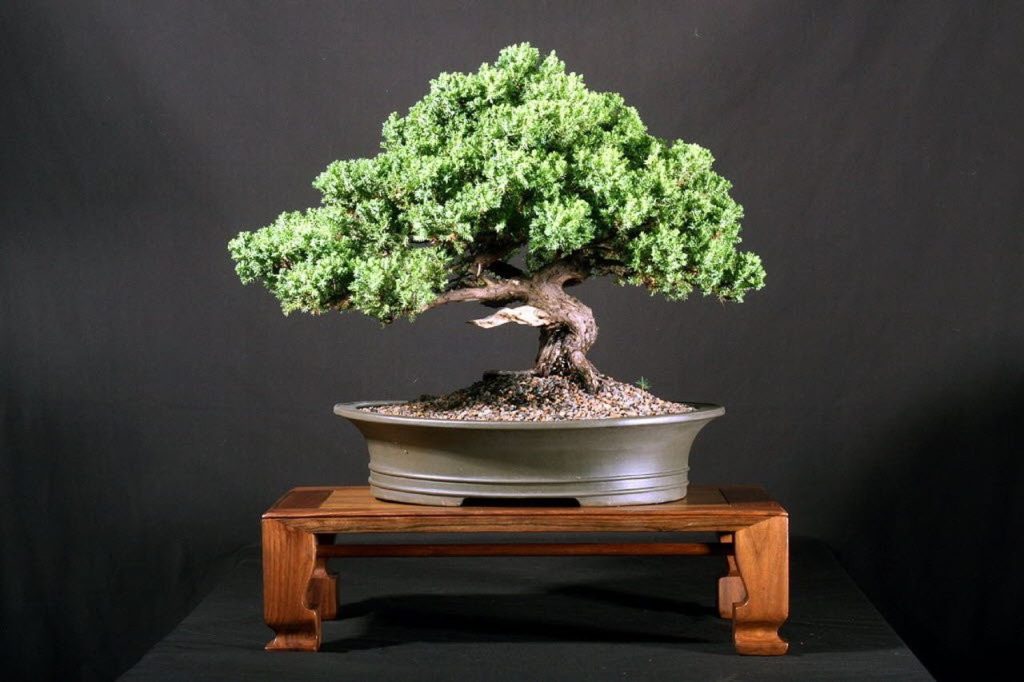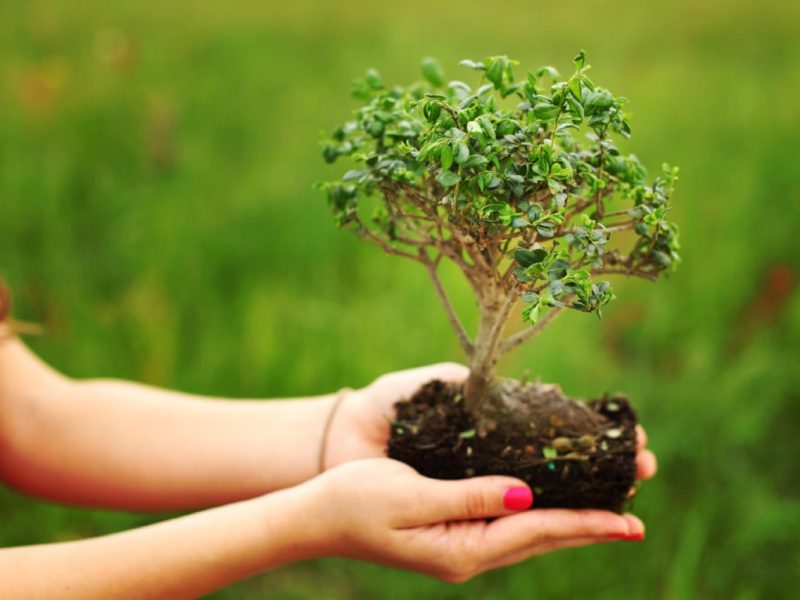Bonsai trees are miniature trees that are grown in small pots. They are popular because they are easy to care for and can be kept in a small space.
Bonsai trees can last for many years with the right care. The lifespan of a bonsai tree varies depending on the type of tree and the care it receives.
Some bonsai trees can live for over 100 years with proper care. Other types of bonsai trees may only live for a few years.
The key to keeping a bonsai tree healthy is to give it the right amount of water, sunlight, and fertilizer. The pot should also be kept in a cool, dry place.
If a bonsai tree is not cared for properly, it may die. It is important to monitor the tree’s health and to correct any problems immediately.
Bonsai trees are a beautiful addition to any home and provide many years of enjoyment. With the right care, they can last for many years.
How to care for a bonsai tree
The art of bonsai is over 1,000 years old, and the trees used in the art are often small enough to fit on a table. Bonsai trees require a great deal of care, but with the right techniques, they can be a beautiful addition to any home.
The first step in caring for a bonsai tree is choosing the right pot. Pots should be large enough to accommodate the roots of the tree, but not so large that the tree looks lost in it. Clay pots are the most popular type of pot for bonsai trees, but plastic and ceramic pots are also options.
Once you’ve chosen a pot, it’s time to start potting the tree. Bonsai trees should be potted in a soil mix that is specifically designed for them. Soil mixes can be purchased from garden stores or online. When potting the tree, be sure to pack the soil tightly around the roots.
The next step in caring for a bonsai tree is watering it. Bonsai trees should be watered regularly, and the amount of water they need will vary depending on the type of tree and the climate. In general, trees should be watered every day or two.
One of the most important aspects of bonsai care is pruning the tree. Pruning helps the tree to grow in the desired shape and keeps it healthy. Pruning should be done regularly, and the type and amount of pruning will vary depending on the tree.
In addition to regular pruning, bonsai trees also need to be fertilized. Fertilizer should be applied every few weeks, and it is important to choose a fertilizer that is specifically designed for bonsai trees.
Bonsai trees also need to be kept in a sunny spot. A spot that receives plenty of sunlight is ideal, but bonsai trees can also be kept in a shady spot as long as they receive some sunlight.
Caring for a bonsai tree can be a lot of work, but with the right techniques, it can be a rewarding experience. By following the tips above, you can help your tree to grow and thrive.
How to prune a bonsai tree
Pruning a bonsai tree is an important part of shaping and caring for the tree. Pruning helps to maintain the tree’s shape, promote new growth, and control the size of the tree. There are a few basic principles that you should follow when pruning a bonsai tree:
- Always use sharp, clean pruning tools.
- Prune in the correct season.
- Prune sparingly to avoid damage to the tree.
- Remove dead or damaged branches.
- Prune to maintain the tree’s natural shape.
- Remove branches that grow in the wrong direction.
- Remove excess branches to control the size of the tree.
- Cut branches at an angle, just below a bud or leaf node.
- Use wire to help train the branches into the desired shape.
- Regularly inspect the tree for damage or disease, and correct any problems as soon as possible.
How to fertilize a bonsai tree
There are a few things to consider when fertilizing a bonsai tree. The first is the type of fertilizer. There are many different types of fertilizers available on the market, and it can be confusing to know which one to choose. One of the most popular types of fertilizer for bonsai trees is organic fertilizer. This type of fertilizer is made from natural ingredients, such as compost or manure, and it is slow-release, which means it provides the plant with nutrients over a period of time.
Another thing to consider when fertilizing a bonsai tree is the time of year. Different types of fertilizer are better suited for different times of year. For instance, a fertilizer that is high in nitrogen is ideal for use in the spring, when the tree is growing new leaves and flowers. In the summer, a fertilizer that is high in potassium is better, as this helps the tree to build strong roots. In the fall and winter, a fertilizer that is high in phosphorus is ideal, as this helps the tree to store energy for the winter.
Finally, it is important to remember that too much fertilizer can be harmful to a bonsai tree. It is important to follow the instructions on the fertilizer label carefully, and to not fertilize the tree more than once a month.

How to water a bonsai tree
A bonsai tree is a miniature tree that is grown in a pot. It is important to water a bonsai tree regularly to keep it healthy.
The best way to water a bonsai tree is to pour water over the soil until it drains out of the pot. Be sure to water the soil, not the leaves or branches, as this can cause them to rot.
It is important to water a bonsai tree regularly, especially during the summer months. If the soil is dry, the tree may not be able to absorb water properly, which can lead to health problems.
If you are going on vacation, be sure to ask someone to water your bonsai tree for you. Alternatively, you can water the tree before you leave and put it in a place where it will not be affected by the heat or wind.
A bonsai tree can be a beautiful addition to any home, and it is important to care for it properly to ensure its health and longevity. By following these simple tips, you can ensure that your bonsai tree will thrive for years to come.



